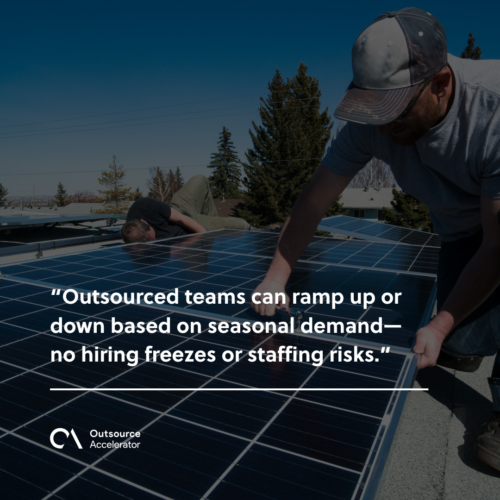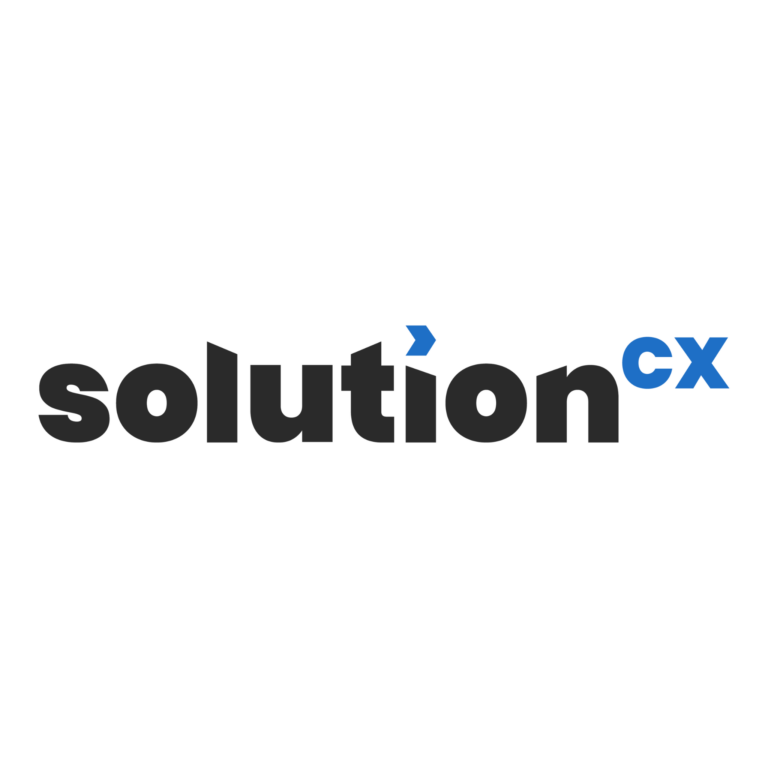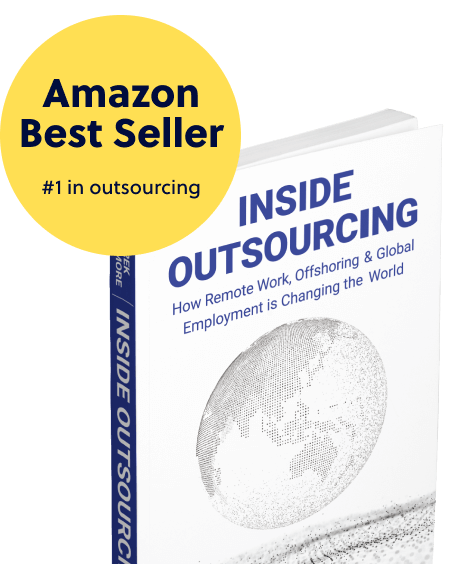The role of outsourcing in scaling solar services

This article is a submission by SolutionCX. SolutionCX is a globally recognized company that provides exceptional customer experience and back-office solutions through skilled virtual assistants from the Philippines, along with comprehensive onboarding and training for seamless integration.
As the global push for clean energy intensifies, solar power has emerged as one of the fastest-growing and most scalable solutions. From residential rooftops to utility-scale installations, the need for speed, compliance, and precision in solar project delivery has never been greater.
But behind every solar panel installed lies a mountain of operational work—system designs, engineering validations, utility coordination, compliance documentation, and post-install reviews. This technical complexity can stretch internal teams thin, especially as demand surges.
Outsourcing has become a game-changing strategy in this space. It’s enabling solar companies to maintain project velocity, manage operational loads, and deliver better outcomes without growing headcount.
The rise of solar and the bottlenecks behind it
The solar industry is booming. According to the International Energy Agency (IEA), global solar capacity is projected to exceed 500 GW in 2025.
That growth is driven by climate goals, government incentives, and consumer demand for renewable energy.
But scaling installations isn’t just about ordering more panels.
Each project typically requires:
- Proposal design with accurate yield simulations
- PV layouts that comply with local fire and setback codes
- Structural and electrical engineering stamps
- Utility-compliant CAD plan sets
- AHJ-specific documentation
- Post-installation verifications
These tasks often overwhelm solar companies that don’t have the internal bandwidth to handle fluctuating volumes or meet aggressive deadlines.

Why outsourcing solar services works
Outsourcing allows solar providers to delegate time-intensive technical tasks to specialized external teams—often licensed engineers, CAD drafters, or compliance professionals.
It’s not about cutting corners; it’s about focusing internal teams on core functions while outsourced teams handle precision-based backend operations.
Let’s explore some common solar services being outsourced today:
1. Proposal & PV system design
Speed matters in solar sales. Accurate and professional proposals with simulated energy savings and equipment layouts help convert leads into customers.
Outsourced designers can turn around proposals quickly, using software like Helioscope, Aurora, or PVsyst to deliver reliable results while sales teams stay focused on closing deals.
2. Structural and electrical engineering support
Most jurisdictions require stamped structural letters and electrical diagrams to greenlight installations. These must be state-specific, signed by licensed engineers, and aligned with local building codes.
Outsourcing these documents to certified professionals allows solar companies to deliver ready-to-submit plans without hiring full-time engineers—a move that drastically reduces cost and turnaround times.
3. CAD drafting and utility plan sets
Utility interconnection applications often require standardized CAD plan sets. These need to meet exact formatting rules, equipment specifications, and layout templates.
Outsourced CAD teams work across jurisdictions and keep up with ever-changing requirements, ensuring higher approval rates and fewer resubmissions.
4. Post-installation letters
After a project is installed, many AHJs and financiers require engineering letters confirming that the work matches the approved plans. External engineers can perform remote or field verification and issue reports promptly—keeping project timelines intact and inspections on schedule.
The strategic advantages of outsourcing in solar
Beyond reducing costs, outsourcing provides key operational and competitive advantages.
- Faster turnaround: With dedicated external teams working around the clock, many solar firms now receive stamped documents and designs within 24 hours or less.
- Access to skilled professionals: Outsourcing opens the door to engineers, CAD drafters, and permit specialists with niche solar experience.
- Scalability: Outsourced teams can ramp up or down based on seasonal demand—no hiring freezes or staffing risks.
- Higher approval rates: Experienced outsourcing teams are familiar with regional AHJs, increasing the likelihood of first-pass approvals.
- Geographic flexibility: Operating in multiple states or countries? Outsourcing allows for state-licensed work without building local teams.

The role of technology in outsourced solar workflows
Digital tools are enhancing outsourcing relationships. From cloud-based file sharing to project tracking dashboards, companies are now integrating outsourcing into daily operations seamlessly.
Examples include:
- Project management tools: Platforms like Asana or Monday.com enable real-time tracking of plan sets, deadlines, and revisions.
- Cloud storage: Dropbox, Google Drive, and Box allow secure exchange of drawings and documents.
- Communication tools: Zoom, Slack, and email integrations keep internal and external teams aligned on feedback, changes, and approvals.
Combined, these tools remove friction from the outsourcing workflow, providing transparency and real-time progress updates.
What to look for in an outsourcing partner
Not all outsourcing partners are equal. Before delegating solar services, solar firms should assess:
- Turnaround times: Can the provider commit to 24-hour or same-day delivery?
- Licensing credentials: Are engineers properly licensed in the target states or regions?
- AHJ familiarity: Has the provider worked in your jurisdictions before?
- Data protection: Do they follow best practices for file security and client privacy?
- Revision processes: Is there a documented way to request changes or handle urgent projects?
These factors can make the difference between a helpful extension of your team and a service bottleneck.
Looking ahead: What’s next for outsourcing in solar?
As the solar industry continues to grow, outsourcing will likely expand in scope and complexity. Key trends to watch include:
- AI-powered proposal generation: Tools that combine AI with design software to auto-generate proposals in minutes.
- Integrated permit portals: Centralized dashboards that connect sales, operations, and outsourced engineering teams.
- Remote verification tools: Drone imaging, digital twin technology, and smart meters could further streamline post-install verifications.
- Compliance automation: Outsourcing providers may increasingly use AI to flag compliance risks and ensure designs are up-to-code before submission.
Outsourcing solar services is no longer an operational workaround—it’s a growth enabler. It helps solar firms meet rising demand, reduce backlog, and maintain high quality and compliance standards.
Companies that embrace outsourcing now will be better positioned to scale, adapt, and lead in the clean energy transition. As the solar sector continues to evolve, outsourced partnerships will remain a key pillar of efficient, agile, and successful operations.







 Independent
Independent




